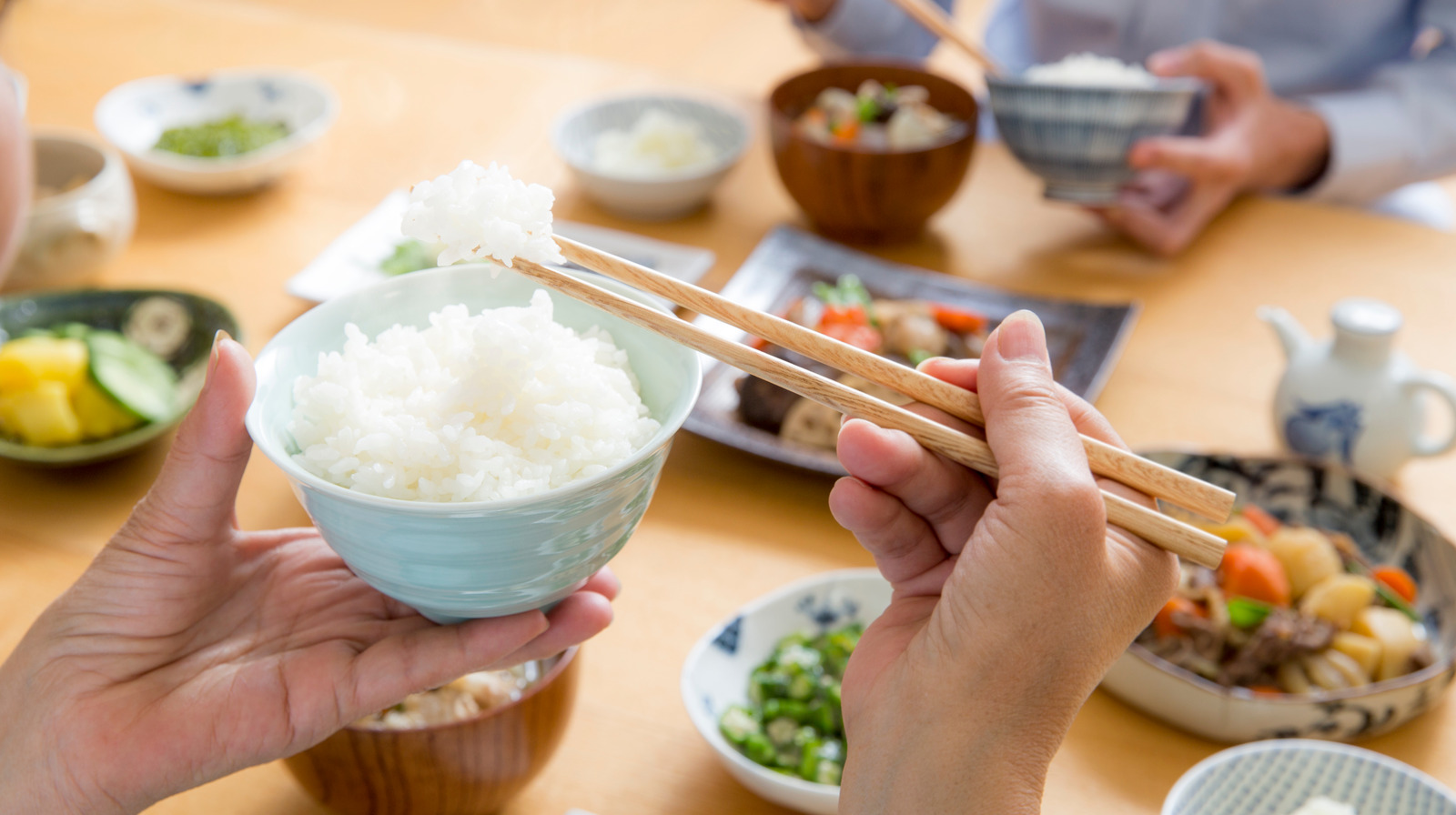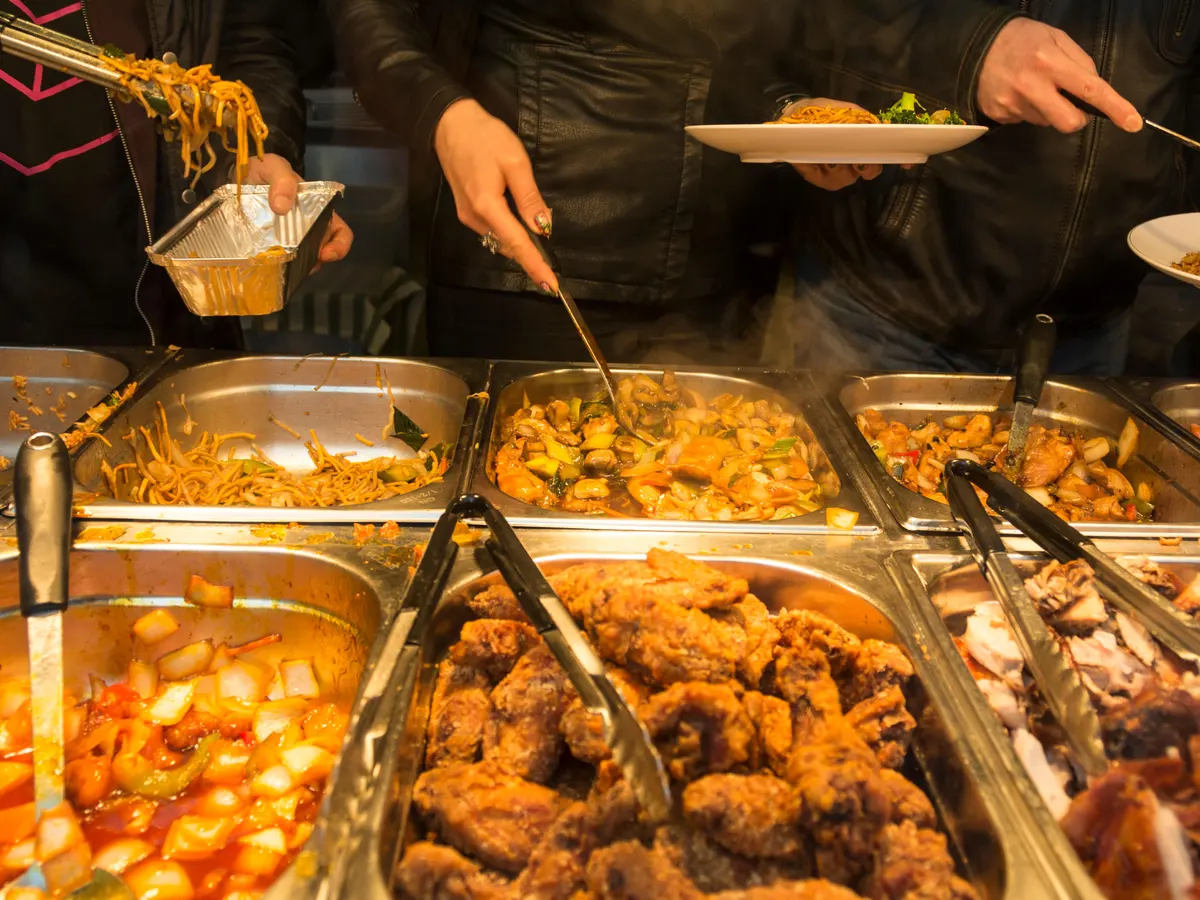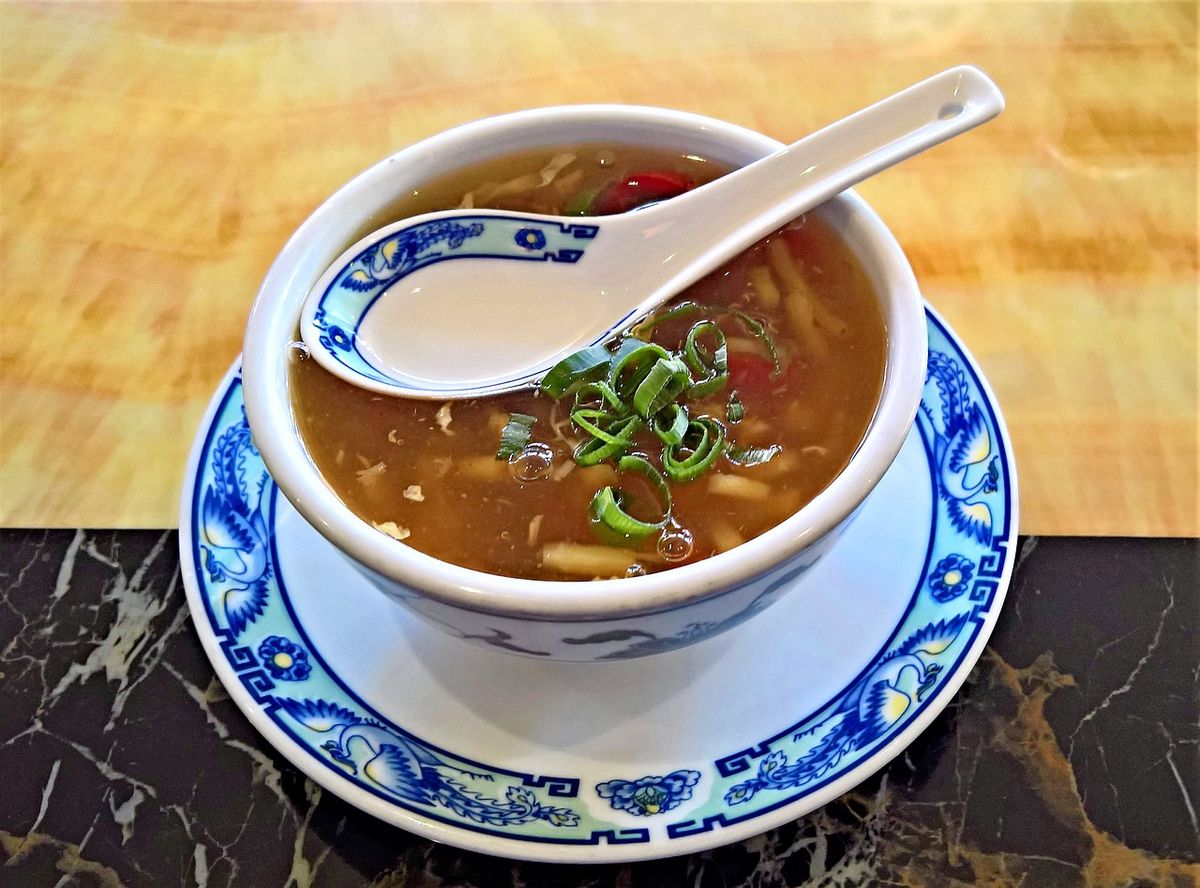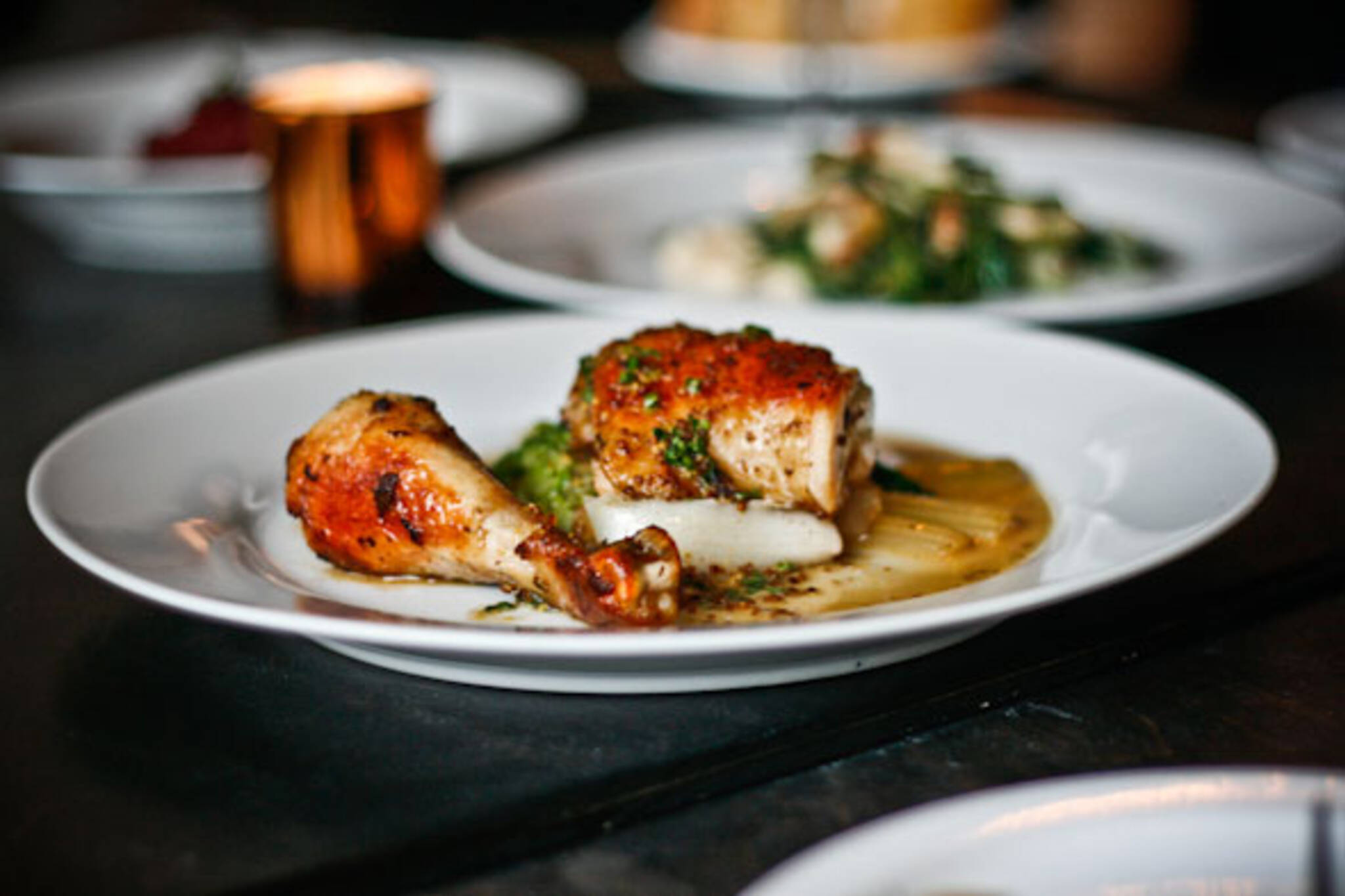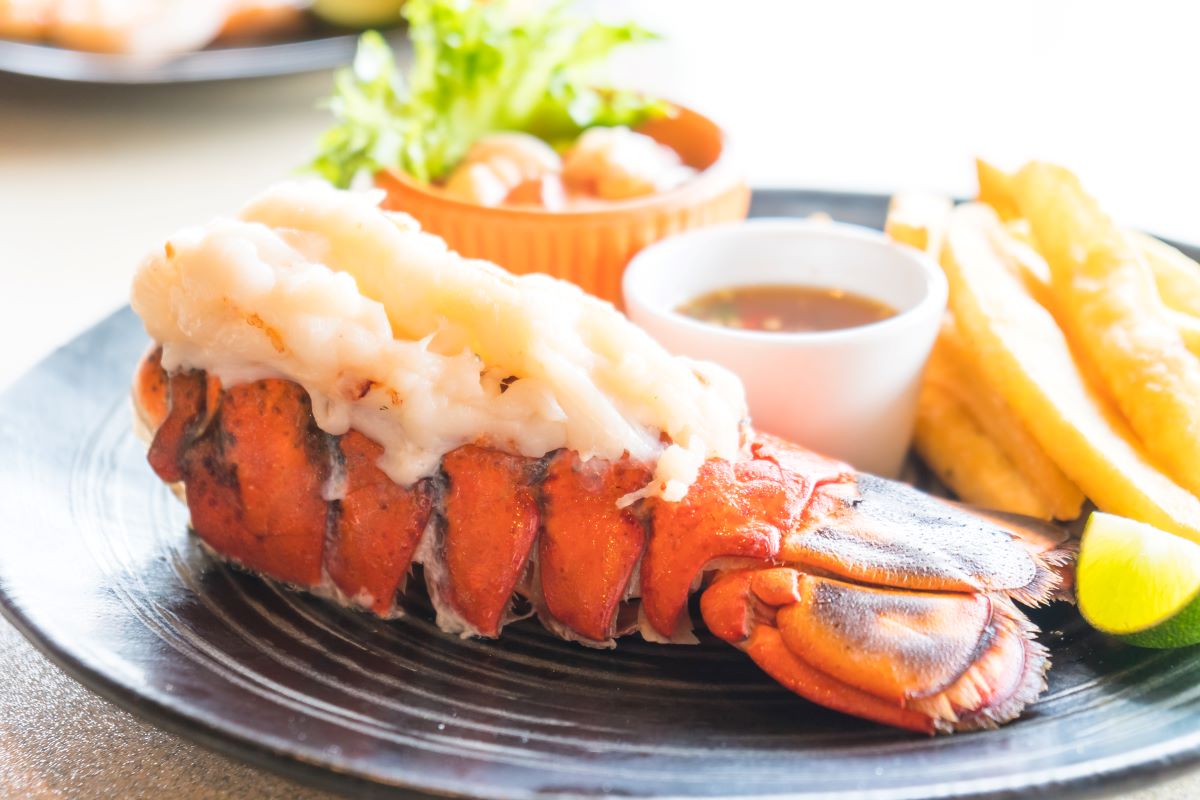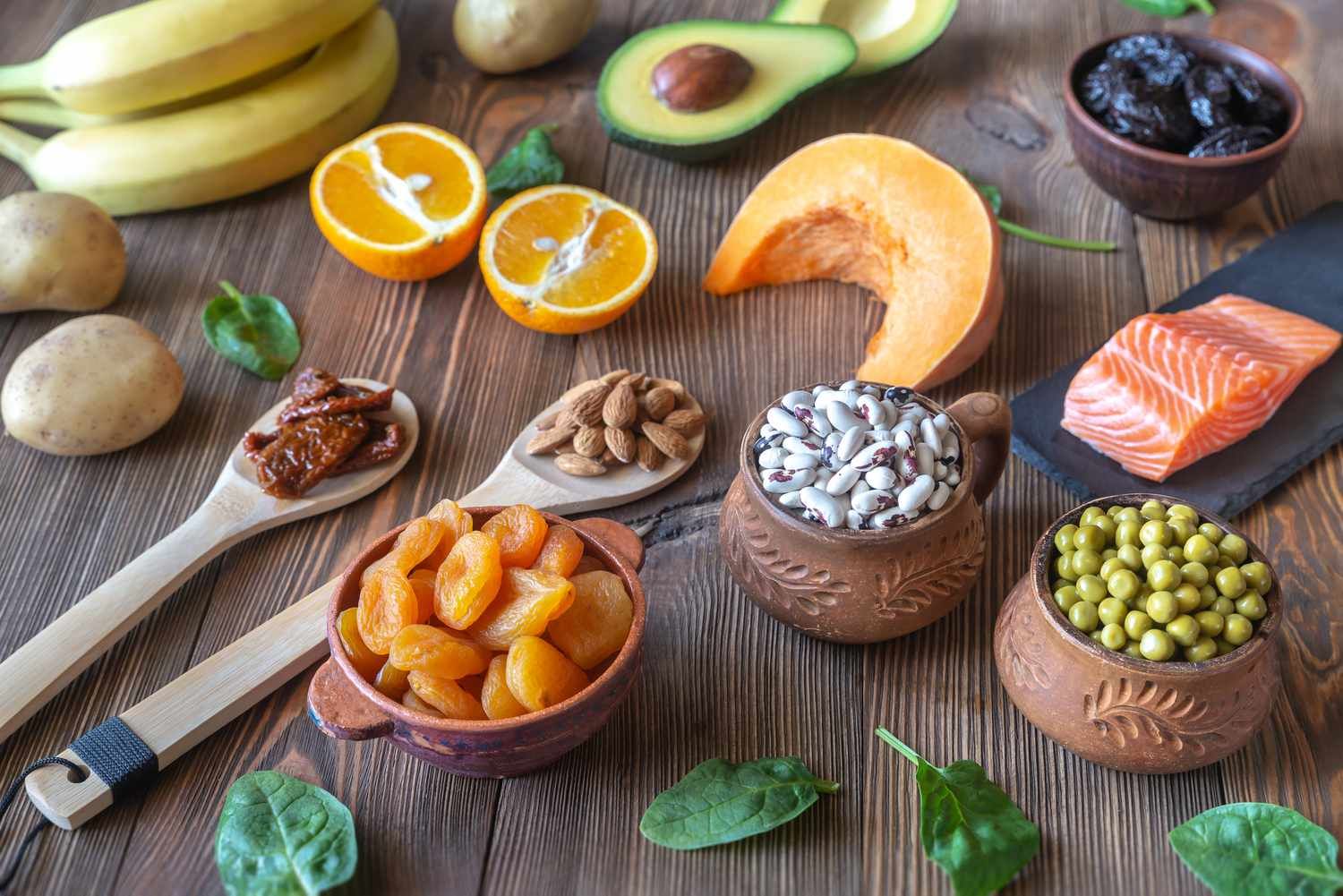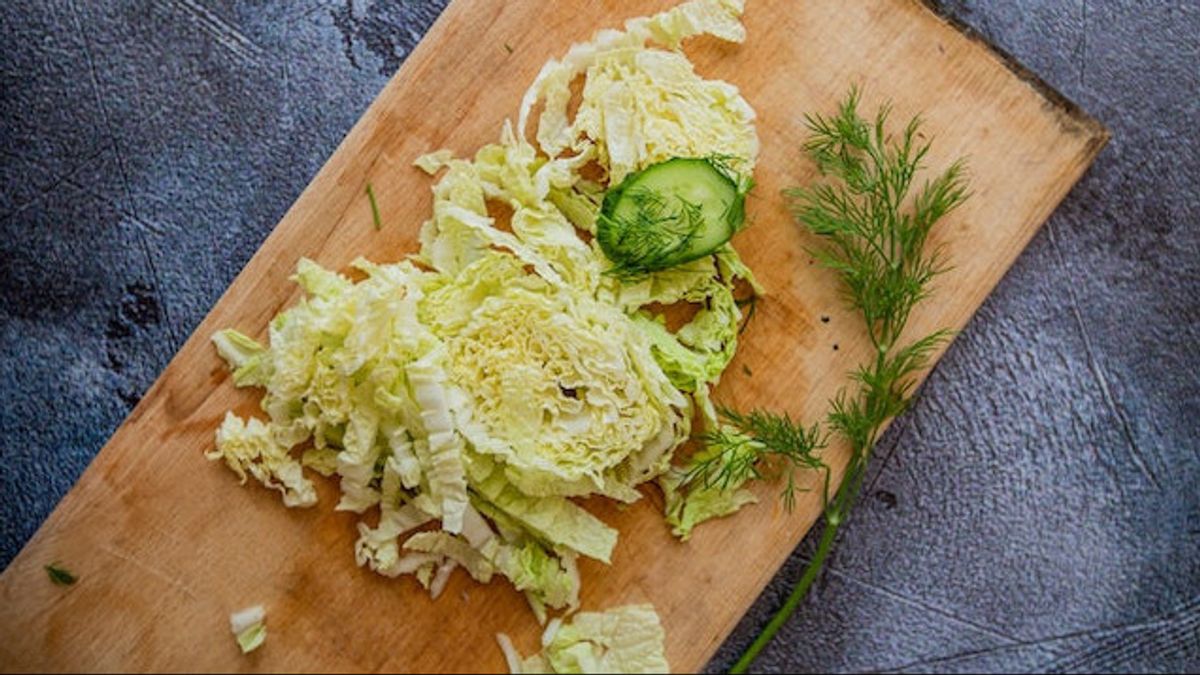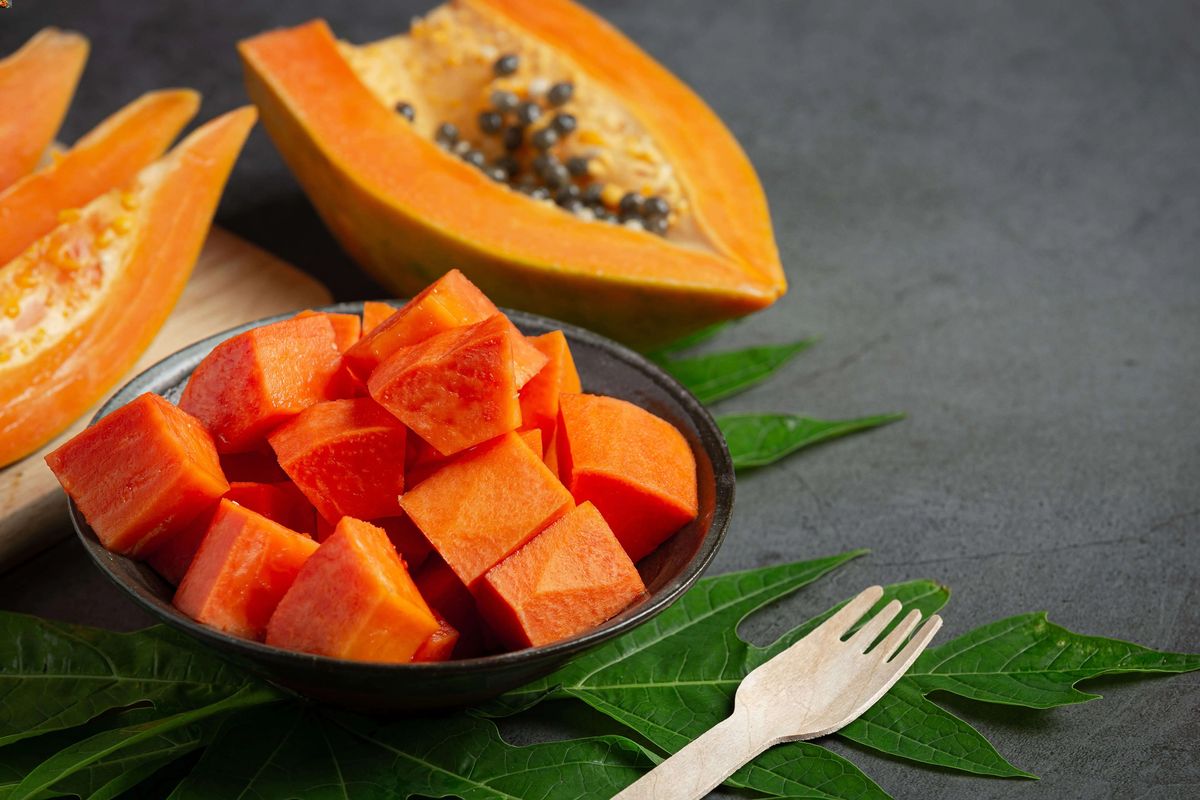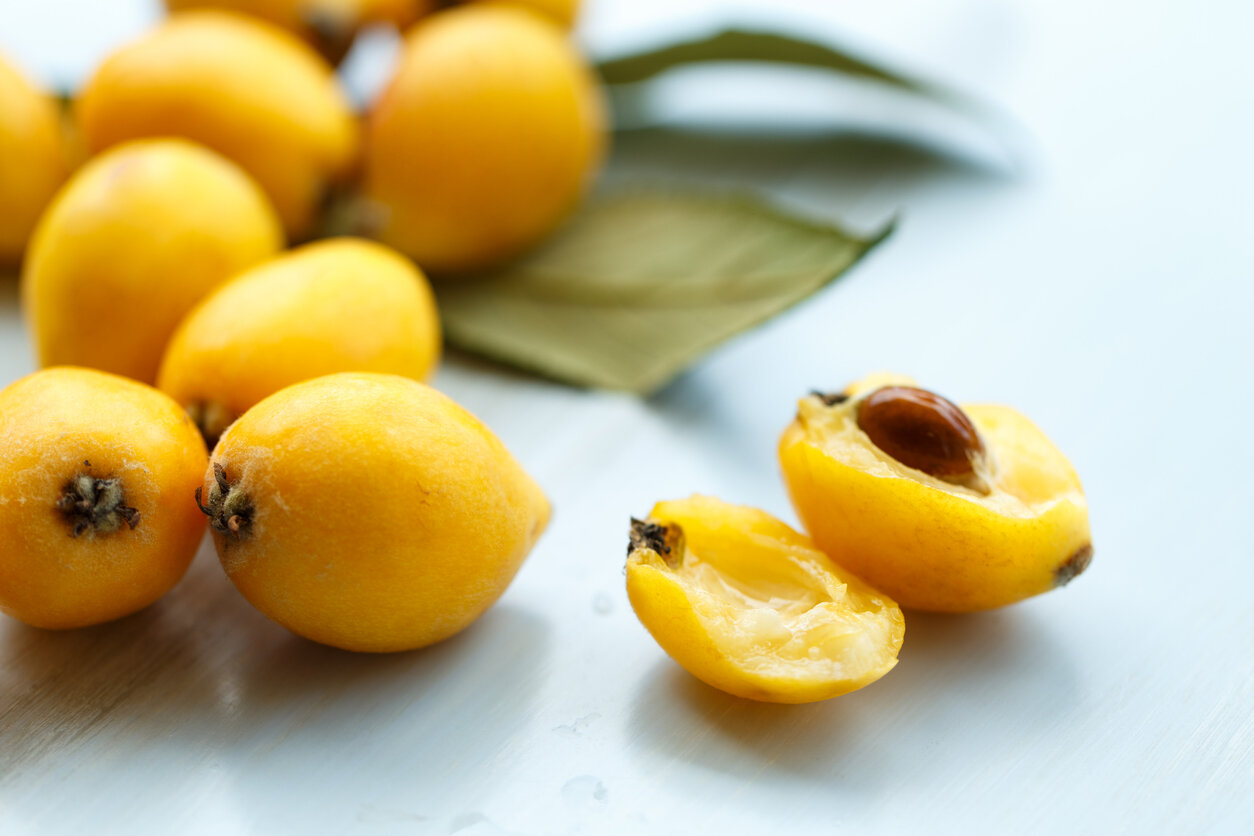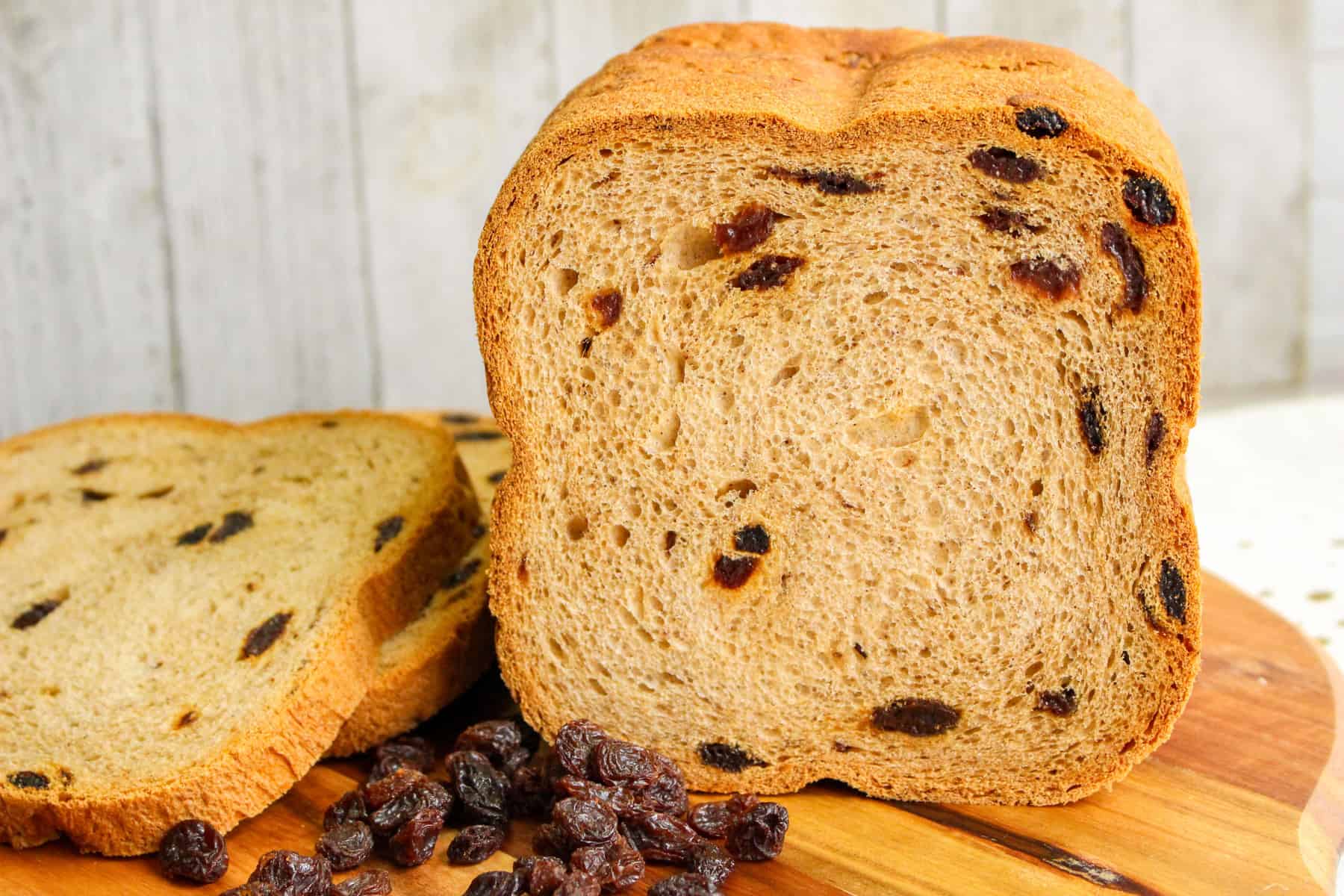How to Eat Like the Chinese: A Guide to Authentic Chinese Dining
Chinese cuisine is renowned for its diverse flavors, fresh ingredients, and unique cooking techniques. If you want to experience the true essence of Chinese dining, it’s essential to understand the cultural and culinary traditions that shape the way Chinese people eat. Whether you’re dining at a local Chinese restaurant or preparing a meal at home, here’s a guide on how to eat like the Chinese.
Embrace Family-Style Dining
One of the most distinctive aspects of Chinese dining is the emphasis on family-style meals. Unlike the Western style of individual servings, Chinese meals are typically served in large communal dishes that everyone shares. This communal dining style fosters a sense of togetherness and allows for a greater variety of dishes to be enjoyed.
Appreciate the Balance of Flavors
Chinese cuisine is all about achieving a harmonious balance of flavors. Traditional Chinese meals strive to incorporate the five key flavors: sweet, sour, bitter, spicy, and salty. Each dish is carefully crafted to ensure that these flavors complement and enhance one another, creating a truly satisfying dining experience.
Master the Art of Chopsticks
Using chopsticks is an integral part of Chinese dining etiquette. While it may seem daunting at first, mastering the art of using chopsticks can greatly enhance your dining experience. Practice using chopsticks to pick up food, and remember to never stick them upright in a bowl of rice, as this is reminiscent of a funeral ritual in Chinese culture.
Explore a Variety of Dishes
When dining at a Chinese restaurant or preparing a Chinese meal at home, it’s important to embrace a wide variety of dishes. Chinese cuisine is incredibly diverse, with regional specialties and a vast array of ingredients. Be adventurous and try dishes that showcase different cooking styles, ingredients, and flavors.
Respect Chinese Dining Customs
Understanding and respecting Chinese dining customs is essential when aiming to eat like the Chinese. For example, it’s customary to leave a small amount of food on your plate at the end of the meal to indicate that you have eaten your fill. Additionally, it’s polite to offer a toast or pour tea for others at the table as a sign of respect.
Appreciate the Ritual of Tea Drinking
Tea holds a special place in Chinese culture, and the ritual of tea drinking is an integral part of the dining experience. Whether you’re enjoying a delicate green tea or a robust oolong, take the time to savor the flavors and aromas of the tea. Refilling the teacups of others at the table is a gesture of hospitality and camaraderie.
Understand the Significance of Symbolic Foods
In Chinese cuisine, certain foods hold symbolic meaning and are often enjoyed during special occasions and festivals. For example, fish symbolizes abundance and prosperity, while noodles represent longevity. Embracing these symbolic foods adds depth and cultural significance to the dining experience.
Conclusion
By embracing the cultural and culinary traditions of Chinese dining, you can elevate your dining experience and gain a deeper appreciation for the rich tapestry of Chinese cuisine. Whether you’re savoring the flavors of a traditional Chinese meal or preparing one at home, following these guidelines will allow you to eat like the Chinese and immerse yourself in the vibrant world of Chinese gastronomy.
Delicious Recipes to Try: Putting Your Chinese Eating Guide into Practice
After absorbing the fundamentals of traditional Chinese cuisine, you're ready to put theory into action with a variety of authentic recipes. For beginners, the Explore the Kung Pao Chicken offers a perfect blend of sweet, sour, and spicy flavors, making it a must-try dish that showcases the balance often sought in Chinese cooking. If you're up for a challenge, the Discover the Art of Peking Duck is renowned for its crispy skin and succulent meat, an exquisite choice for special occasions. For a communal cooking experience, the Dive into the Hot Pot Experience allows everyone to partake in the joy of cooking and eating together, embodying the social aspect of Chinese dining culture. Each recipe offers a unique insight into the rich flavors and techniques that make Chinese cuisine beloved worldwide.
